Part 92 United States Drug Enforcement Administration Releases 2015 National Drug Threat Assessment Summary Statistic Tables Acronym Glossary, and Abbreviations used in Parts 77-92. Cocaine Crack Cocaine, Methamphetamine, Heroin Marijuana, CPDs: Darvocet, Darvon, hydromorphone (Dilaudid), hydrocodone (Vicodin), lorazepam (Ativan), morphine, oxycodone (Percodan/ Percocet, OxyContin/ Lortab), oxycodone extended release, oxytocin, diazepam (Valium), alprazolam (Xanax). Smuggling Mexico DEA ICE FDA
[2015 Drug Threat Assessment Continued from Part 91 Appendix AMAPS]
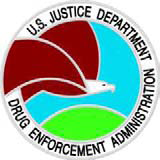
2015 National Drug Threat Assessment Drug Statistic Tables
The US Drug Enforcement Administration 2015 National Drug Threat Assessment (NDTA) is a comprehensive report of the threat posed to the United States by the trafficking and abuse of illicit drugs, the nonmedical use of CPDs, [Controlled Prescription Drugs] , money laundering, TCOs [Transnational Criminal Organization] , gangs , smuggling, seizures, investigations, arrests, drug purity or potency, and drug prices, in order to provide the most accurate data possible to policymakers, law enforcement authorities, and intelligence officials.
Part 92 United States Drug Enforcement Administration Releases 2015 National Drug Threat Assessment Summary Statistic Tables Acronym Glossary, and Abbreviations used in Parts 77-92. Cocaine Crack Cocaine Methamphetamine Heroin Marijuana CPDs: Darvocet, Darvon, hydromorphone (Dilaudid), hydrocodone (Vicodin), lorazepam (Ativan), morphine, oxycodone (Percodan/Percocet,OxyContin/Lortab), oxycodone extended release, oxytocin, diazepam (Valium), alprazolam (Xanax).
(U) Table B1. Percentage of 2015 NDTS Respondents Reporting Greatest Drug Threat,
by Drug, by Region
OCDETF Region Powder Cocaine Crack Cocaine
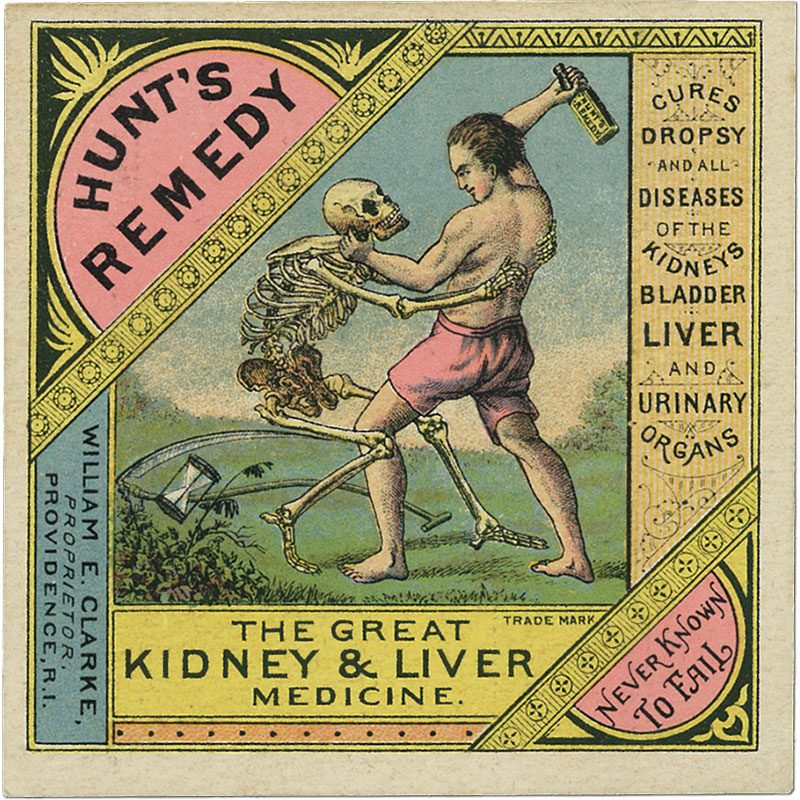
Methamphetamine Heroin Marijuana CPDs Florida/Caribbean 6.8 21.6 33.0 7.5 13.4 8.2
Great Lakes 0.2 1.5 13.8 67.4 3.4 13.4
Mid-Atlantic0.0 5.4 3.9 74.7 0.2 15.8
New England 0.0 0.9 0.5 63.4 13.9 21.3
New York/New Jersey 0.0 0.9 11.7 48.4 15.4 23.3
Pacific 3.0 0.2 55.4 33.4 1.8 5.8
Southeast 0.5 15.1 41.0 10.9 4.8 25.6
Southwest 5.9 10.8 69.7 4.3 7.2 1.6
West Central 1.2 1.0 66.5 15.5 5.5 9.3
Nationwide 1.4 5.8 33.0 37.6 6.2 14.9
Source: 2015 National Drug Threat Survey
(U) Table B2. Trends in Lifetime, Past Year, and Past Month Drug Use Among Persons Aged 12 or Older, 2009 – 2013
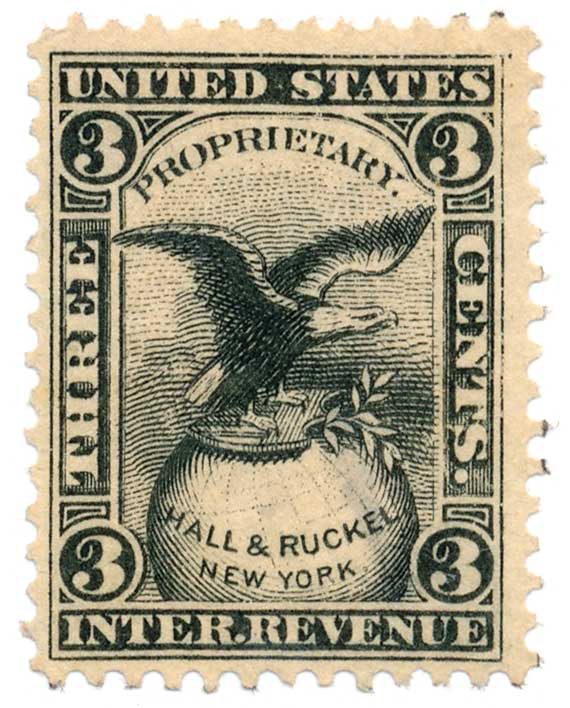
Lifetime Use 2009 2010 2011 2012 2013
Cocaine (any form) 36,742,000 37,361,000 36,921,000 37,688,000 37,634,000
Crack 8,390,000 9,208,000 8,214,000 9,015,000 8,870,000
Heroin 3,683,000 4,144,000 4,162,000 4,565,000 4,812,000
Marijuana 104,950,000 106,613,000 107,842,000 111,239,000 114,712,000
Methamphetamine 12,908,000 13,060,000 11,928,000 12,259,000 12,257,000
MDMA 14,280,000 15,929,000 14,570,000 16,162,000 17,815,000
Prescription Psychotherapeutics 51,991,000 51,832,000 51,243,000 54,389,000 53,172,000
Non-medical Prescription Pain Relievers 35,197,000 34,908,000 34,247,000 37,045,000 35,473,000
PCP 6,271,000 6,255,000 6,103,000 6,552,000 6,462,000
Past Year Use 2009 2010 2011 2012 2013
Cocaine (any form) 4,806,000 4,533,000 3,857,000 4,671,000 4,182,000
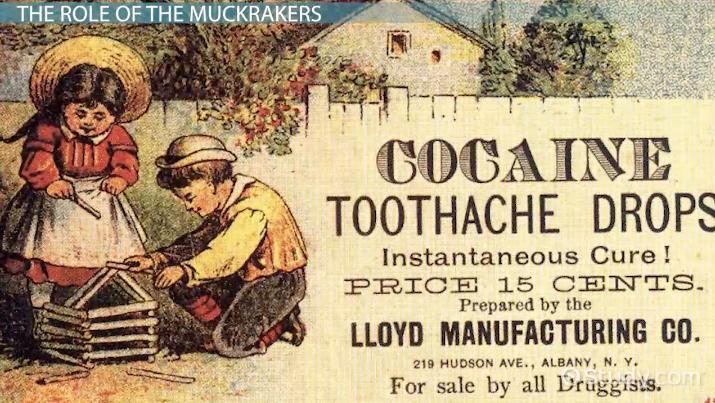
Crack 1,008,000 885,000 625,000 921,000 632,000
Heroin 605,000 621,000 620,000 669,000 681,000
Marijuana 28,688,000 29,301,000 29,739,000 31,513,000 32,952,000
Methamphetamine 1,167,000 959,000 1,033,000 1,155,000 1,186,000
MDMA 2,804,000 2,653,000 2,422,000 2,610,000 2,588,000
Prescription Psychotherapeutics 16,064,000 16,051,000 14,657,000 16,666,000 15,348,000
Non-medical Prescription Pain Relievers 12,450,000 12,242,000 11,143,000 12,489,000 11,082,000
PCP 125,000 96,000 119,000 172,000 90,000
PAST Month Use 2009 2010 2011 2012 2013
Cocaine (any form) 1,637,000 1,466,000 1,369,000 1,650,000 1,549,000
Crack 497,000 378,000 228,000 443,000 377,000
Heroin 193,000 239,000 281,000 335,000 289,000
Marijuana 16,826,000 17,409,000 18,071,000 18,855,000 19,810,000
Methamphetamine 502,000 353,000 439,000 440,000 595,000
MDMA 763,000 691,000 544,000 628,000 660,000
Prescription Psychotherapeutics 6,980,000 6,957,000 6,119,000 6,831,000 6,484,000
Non-medical Prescription Pain Relievers 5,257,000 5,100,000 4,471,000 4,862,000 4,521,000
PCP
Source: National Survey on Drug Use and Health
(U) Table B3. Admissions to Publicly Licensed Treatment Facilities, by Primary Substance, CY2008 – CY2012
Cocaine 237,648 192,370 158,478 151,930 121,065
Heroin 281,410 286,959 266,048 283,092 285,451
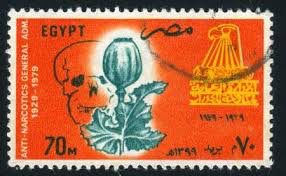
Marijuana 355,346 370,373 357,592 352,428 305,560
Methamphetamine 128,954 118,644 118,212 116,671 124,227
Non-Heroin Opiates/Synthetic* 124,407 145,502 167,626 194,583 169,868
* These drugs include codeine, hydrocodone, hydromorphone, meperidine, morphine, opium, oxycodone, pentazocine, propoxyphene, tramadol, and any other drug with morphine-like effects. Non-presecription use of methadone is not included.
Note: Tennessee included heroin admissions in other opiates through June 2009. In this report, Tennessee’s 2009 heroin admissions are still included in the other opiates category since there is less than a full year of disaggregated heroin data.
(U) Table B4. Adolescent Trends in Percentage of Past Year Drug Use 2011–2014
Cocaine (any form)
8th Grade 1.4 1.2 1.0 1.0 10th Grade 1.9 2.0 1.9 1.5 12th Grade 2.9 2.7 2.6 2.6
Crack
8th Grade 0.9 0.6 0.6 0.7 10th Grade 0.9 0.8 0.8 [0.5] 12th Grade 1.0 1.2 1.1 1.1
Heroin
8th Grade 0.7 0.5 0.5 0.5 10th Grade 0.8 0.6 0.5 0.5 12th Grade 0.8 0.7 0.6 0.6
Marijuana
8th Grade 12.5 11.4 12.7 11.7 10th Grade 28.8 28.0 29.8 [27.3]
12th Grade 36.4 36.4 36.4 35.1
Methamphetamine
8th Grade 0.8 1.0 1.0 0.6 10th Grade 1.4 1.0 1.0 0.8 12th Grade 1.4 1.1 0.9 1.0
MDMA
8th Grade [1.7] [1.1] 1.1 0.9 10th Grade 4.5 [3.0] 3.6 [2.3]
12th Grade 5.3 3.8 4.0 3.6
Prescription Narcotics
8th Grade 10th Grade 12th Grade 15.2 14.8 15.0 [13.9]
Synthetic Marijuana
8th Grade .4 4.0 3.3 10th Grade .8 5.4 [5.4] 12th Grade 1.3 [7.9] [5.8]
Bath Salts
8th Grade .8 1.0 [0.5] 10th Grade .6 0.9 0.9 12th Grade .3 0.9 0.
Note: Data in brackets indicate statistically significant change from the previous year Source: Monitoring the Future Survey
(U) Table B5. 2015 NDTS Respondents Reporting High Diversion and Use of Prescription Narcotics, by Region (Percentage)
(U) Table B5. 2015 NDTS Respondents Reporting High Diversion and Use of Prescription Narcotics, by Region (Percentage)
Florida/Caribbean 52.3 44.8 59.2 47.2
Great Lakes 52.3 44.8 59.2 47.2
Mid-Atlantic 56.1 52.6 69.7 60.1
New England 62.3 52.4 72.8 58.3
New York/New Jersey 43.5 44.2 40.7 47.3
Pacific 42.9 44.9 50.1 56.4
Southeast 42.9 44.9 50.1 56.4
Southwest 42.9 44.9 50.1 56.4
West Central 52.2 52.4 66.0 62.2
Nationwide 52.4 53.3 61.6 60.9
(U) Table B6. Percentage of 2015 NDTS Respondents Reporting Drug That Contributes to Violent Crime, by Region (Percentage)
Crack Cocaine
Powder Cocaine
OCDETF Region Methamphetamine Heroin Marijuana PDs
Florida/Caribbean 9.7 36.3 20.8 1.2 2.4 7.5
Great Lakes 0.5 12.2 18.0 35.6 8.2 10.1
Mid-Atlantic 2.6 17.9 14.4 42.3 5.7 5.9
New England 1.6 4.7 0.5 46.7 8.9 16.5
New York/New 0.4 7.7 11.4 36.4 3.9 20.1
Jersey 0.2 3.4 81.0 6.4 5.5 1.0
Pacific 5.1 24.2 44.6 5.1 3.4 7.2
Southeast 1.0 13.7 73.7 1.6 3.4 3.9
Southwest 1.2 2.8 72.2 5.9 7.6 4.8
West Central 2.1 13.2 38.2 20.5 5.8 8.4
Nationwide
Note: Not all respondents answered this question, therefore totals for each region may not equal 100 percent.
Source: 2015 National Drug Threat Survey
Source: 2015 National Drug Threat Survey
(U) Table B8. Percentage
of National
Drug ThreatSurvey RespondentsReporting Nationwide High Availability, by Drug, CY2013 – CY2015
2013 2014 2015
Powder Cocaine
Crack Cocaine
Methamphetamine
Heroin
Marijuana
Controlled Prescription Drugs
MDMA
SyntheticCathinones
SyntheticCannabinoids
22.9 18.1 14.9
24.1 23.6 19.7
39.5 40.6 42.2
30.3 34.0 38.4
88.2 80.0 79.8
75.4 63.2 56.7
* 8.8 7.3
* 11.9 6.7
* 18.1 13.9
Source: National Drug Threat Survey
* Information Not Available
(U) Table B9. 2015 NDTS Respondents Reporting High Availability, By Drug, by Region (Percentage)
SyntheticCannabinoids
SyntheticCathinones
Powder Cocaine
Crack Cocaine
Controlled Prescription Drugs
OCDETFRegion
MDMA
Marijuana
Methamphetamine
Heroin
Florida/Caribbean
Great Lakes
Mid-Atlantic
New England
New York/New Jersey
Pacific
Southeast
Southwest
West Central
Nationwide
38.1 48.7 31.4 14.3 85.4 43.1 3.6 8.8 18.0
9.8 16.1 26.9 50.0 79.8 55.6 5.5 9.8 2.3
12.9 22.9 10.9 64.6 75.9 58.6 8.9 11.2 2.9
18.2 16.2 0.4 67.2 89.4 49.7 9.9 10.0 4.4
13.3 21.3 12.0 40.3 55.7 42.6 1.2 5.5 13.1
8.0 6.7 74.1 47.8 93.7 49.8 9.1 16.7 8.0
16.3 25.5 53.0 21.2 75.7 59.2 2.9 9.4 11.6
27.8 29.1 86.6 23.5 85.2 70.2 16.9 40.0 11.8
7.7 5.6 67.4 23.7 86.0 65.8 5.0 14.0 2.3
14.9 19.7 42.2 38.4 79.8 56.7 6.7 13.9 7.3
Source: 2015 National Drug Threat Survey
(U) Table B10. 2015 NDTS Respondents Reporting Marijuana Production, by Region (Percentage)
OCDETFRegion
Indoors
Hydroponic
Outdoors
Not Cultivated
66.4 43.5 50.7 7.1
83.4 56.4 49.3 3.0
66.9 54.7 29.0 5.5
79.3 76.9 55.2 2.0
37.6 25.3 8.1 45.9
79.4 70.6 68.8 0.0
59.8 70.5 30.2 9.1
63.7 58.7 38.9 13.9
70.7 51.0 42.4 8.7
68.4 57.8 40.3 10.1
Florida/Caribbean
Great Lakes
Mid-Atlantic
New England
New York/New Jersey
Pacific
Southeast
Southwest
West Central
Nationwide
(U) Table B11. National Seizure System Drug Seizures, 2010 – 2014
Pharmaceuticals (dosage units)1 1,165,402.6 1,386,680.3 878,730.3 584,690.8 1,447,633.1
Heroin (kilograms)2 2,763.3 3,732.5 4,390.5 4,502.2 5,013.8
Methamphetamine (kilograms)3 11,203.7 21,405.1 26,137.6 23,332.9 22,993.7
Cocaine (kilograms) 56,449.9 76,956.1 58,954.2 51,989.2 40,591.7
Marijuana (kilograms) 2,331,137.6 2,201,497.5 1,917,109.2 1,731,447.3 1,198,259.7
Synthetics (dosage units)4 0.0 1,253.0 387,011.5 197,088.0 9,147.0
Synthetics (kilograms)4 226.5 4,038.2 54,088.1 24,171.5 12,718.5
MDMA, Ecstasy(dosage units) 3,067,635.9 2,282,573.8 534,299.4 501,739.6 168,916.6
MDMA, Ecstasy(kilograms) 1,485.9 592.4 428.1 923.1 1,307.1
PCP, Phencyclidine (kilograms) 168.5 88.2 91.4 47.3 225.2
PCP, Phencyclidine (milliliters) 1,012,387.7 669,779.6 924,418.6 0.0 665,363.7
1 Pharmaceuticals include: Darvocet, Darvon, hydromorphone (Dilaudid), hydrocodone (Vicodin), lorazepam (Ativan), morphine, oxycodone (Percodan/Percocet,OxyContin/Lortab), oxycodone extended release, oxytocin, diazepam (Valium), alprazolam (Xanax).
2 Heroin includes: Southeast Asian, Southwest Asian, Mexican Black Tar, Mexican Brown Powder, South American, and type unknown.
3 Methamphetamine includes: methamphetamine crystal, methamphetamine ice, methamphetamine powder.
4 Synthetics include: cannabinoids (Spice, K-2, Genie), phenethylamine, cathinones.
Note: The information reported to NSS by contributing agencies may not necessarily reflect total seizures nationwide.
Appendix C: Acronym Glossary
AAPCC American Association of Poison Control Centers
AB Aryan Brotherhood (gang)
ALS Amyotrophic lateral sclerosis
AML Anti-money laundering
AMW “Alleged Mexican White”
AOR Area of responsibility
ATF US Bureau of Alcohol, Tobacco, Firearms, and Explosives
AUC United Self-Defense Groups
BA Barrio Azteca (gang)
BACRIM Bandas Criminales
BGD Black Gangster Disciples (gang)
BGF Black Guerilla Family (gang)
BHO Butane Honey Oil
BIA US Bureau of Indian Affairs
BLO Beltran-Leyva Organization
BMPE Black Market Peso Exchange
BSA Bank Secrecy Act
BZP N-benzylpiperazine
CAMP Campaign Against Marijuana Planting
CBD Cannabidiol
CBP US Customs and Border Protection
CCDB Consolidated Counterdrug Database
CDC Centers for Disease Control
CDFW California Department of Fish and Wildlife
CDG Gulf Cartel (Cartel de Golfo)
CJNG Cartel de Jalisco Nueva Generación
CO Country Office
CONUS Continental United States
CPD Controlled Prescription Drugs
CPOT Consolidated Priority Organization Target
CSA Controlled Substances Act
CSP Cocaine Signature Program
CTR Currency Transaction Report
CY Calendar Year
DCE/SP Domestic Cannabis Eradication and Suppression Program
DEA US Drug Enforcement Administration
DEC-TAC California Drug Endangered Children Training and Advocacy Center
DPHSS Department of Health and Social Services (Guam)
E-FORCSE Electronic-Florida Online Reporting of Controlled Substances Evaluation
Eme California Mexican Mafia (gang)130
Emi Texas Mexican Mafia (gang)
EPIC El Paso Intelligence Center
FARC-EP Revolutionary Armed Forces of Colombia – People’s Army
FBI US Federal Bureau of Investigation
FD Field Division
FDA US Food and Drug Administration
FinCEN Financial Crimes Enforcement Network
FY Fiscal Year
HCP Hydrocodone Combination Products
HDMP Heroin Domestic Monitor Program
HHS US Health and Human Services
HIDTA High Intensity Drug Trafficking Area
HSP Heroin Signature Program
IA Indian Affairs
ICE US Immigration and Customs Enforcement
JFK John F. Kennedy (International Airport)
LCT Los Cabelleros Templarios
LFM La Familia Michoacána
LLC Limited Liability Company
LSD Lysergic Acid Diethylamide
MDMA 3,4-Methylenedioxymethamphetamine (Methylene dioxy meth amphetamine frequently referred to as Ecstasy)
ME Medical Examiner
MMP Mo Ming Pi (gang)
MPP Methamphetamine Profiling Program
MS-13 Mara Salvatrucha
MSB Money Service Business
MTF Monitoring the Future Survey
NDTA National Drug Threat Assessment
NDTS National Drug Threat Survey
NF Nuestra Familia (gang)
NFLIS National Forensic Laboratory Information System
NGIC National Gang Intelligence Center
NSDUH National Survey on Drug Use and Health
NSS National Seizure System
OCDETF Organized Crime Drug Enforcement Task Force
OMG Outlaw Motorcycle Gang
ONDCP Office of National Drug Control Policy
OSII US Office of Strategic Intelligence and Information (ATF)
PCP Phencyclidine
PD Police Department
PDMP Prescription Drug Monitoring Program 131
PEACE Prevention Education and Community Empowerment (Guam)
PGR Procuraduría General de la Republica (Mexico Attorney General’s Office)
PMP Potency Monitoring Program
POE Port of Entry
PR Puerto Rico
RO Resident Office
ROIC Regional Operations Intelligence Center (New Jersey)
SEA Southeast Asia
SEMAR Secretaría de Marina-Armada de México (Mexican Marines)
SFL1 DEA Special Testing and Research Laboratory
SFO San Francisco International Airport
SWA Southwest Asian (heroin)
TB Tango Blast (gang)
TBML Trade-Based Money Laundering
TCO Transnational Criminal Organization
TEDS Treatment Episode Data Set
TFMPP Trifluoromethylpiperazine
THC Tetrahydrocannabinol
TMM Texas Mexican Mafia (gang)
TS Texas Syndicate (gang)
TTF Tunnel Task Force
UAS Unmanned Aerial System
USBP US Border Patrol
USC US Currency
USCG US Coast Guard
USPIS US Postal Inspection Service
USPS US Postal Service
USVI US Virgin Islands
Appendix D: Scope and Methodology
The 2015 National Drug Threat Assessment (NDTA) is a comprehensive assessment of the threat posed to the United States by the trafficking and abuse of illicit drugs. The report provides a strategic analysis of the domestic drug situation during 2014, based upon the most recent law enforcement, intelligence, and public health data available for the period. It also considers data and information beyond 2014, when appropriate, to provide the most accurate assessment possible to policymakers, law enforcement authorities, and intelligence officials.

The 2015 NDTA factors in information provided by 1,105 state and local law enforcement agencies through the 2015 National Drug Threat Survey (NDTS). (See Maps A1 – A13 in Appendix A and Tables B1, B5 – B10 in Appendix B.) At a 95 percent confidence level, the 2015 NDTS results are within 2.75 percentage points of the estimates reported. NDTS data used in this report do not imply that there is only one drug threat per state or region or that only one drug is available per state or region. A percentage given for a state or region represents the proportion of state and local law enforcement agencies in that state or region that identified a particular drug as their greatest threat or as available at low, moderate, or high levels.
This report addresses emerging developments related to the trafficking and use of primary illicit substances of abuse, the nonmedical use of CPDs, [Controlled Prescription Drugs] and the laundering of proceeds generated through illicit drug sales. It also addresses the role that TCOs [Transnational Criminal Organization] and organized gangs play in domestic drug trafficking. In the preparation of this report, DEA intelligence analysts considered quantitative data from various sources (seizures, investigations, arrests, drug purity or potency, and drug prices; law enforcement surveys; laboratory analyses; and interagency production and cultivation estimates) and qualitative information (subjective views of individual agencies on drug availability, information on the involvement of organized criminal groups, information on smuggling and transportation trends, and indicators of changes in smuggling and transportation methods).
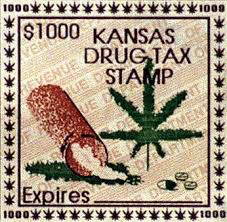
[133]
Disclaimer: The author of each article published on this web site owns his or her own words. The opinions, beliefs and viewpoints expressed by the various authors and forum participants on this site do not necessarily reflect the opinions, beliefs and viewpoints of Utah Standard News or official policies of the USN and may actually reflect positions that USN actively opposes. No claim in public domain or fair use. © Edmunds Tucker. UTopiAH are trade marks of the author. Utopia was written in 1515 by Sir Thomas More, Chancellor of England.
[2015 Drug Threat Assessment Finis ]
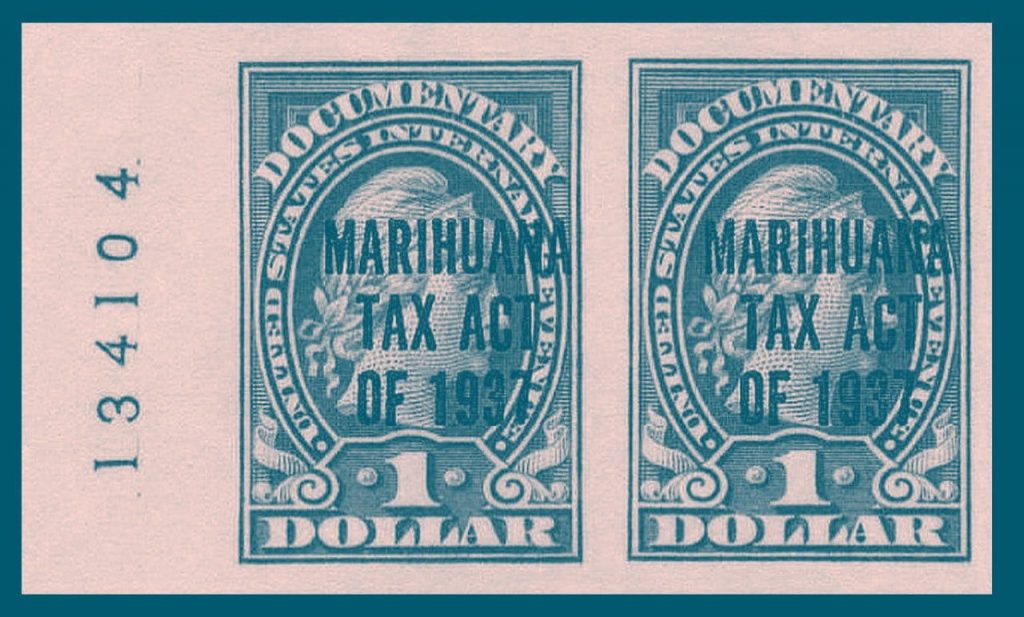
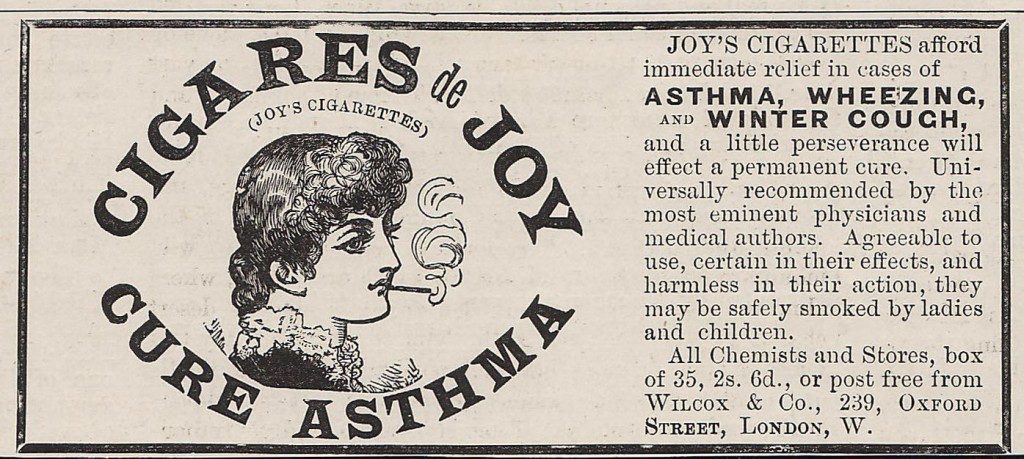
Utah Standard News depends on the support of readers like you.
Good Journalism requires time, expertise, passion and money. We know you appreciate the coverage here. Please help us to continue as an alternative news website by becoming a subscriber or making a donation. To learn more about our subscription options or make a donation, click here.
To Advertise on UtahStandardNews.com, please contact us at: ed@utahstandardnews.com.


Comments - No Responses to “Part 92 United States Drug Enforcement Administration Releases 2015 National Drug Threat Assessment Summary Statistic Tables Acronym Glossary, and Abbreviations used in Parts 77-92. Cocaine Crack Cocaine, Methamphetamine, Heroin Marijuana, CPDs: Darvocet, Darvon, hydromorphone (Dilaudid), hydrocodone (Vicodin), lorazepam (Ativan), morphine, oxycodone (Percodan/ Percocet, OxyContin/ Lortab), oxycodone extended release, oxytocin, diazepam (Valium), alprazolam (Xanax). Smuggling Mexico DEA ICE FDA”
Sure is empty down here...